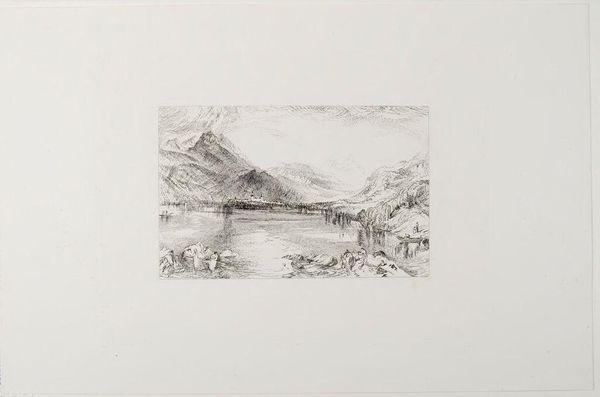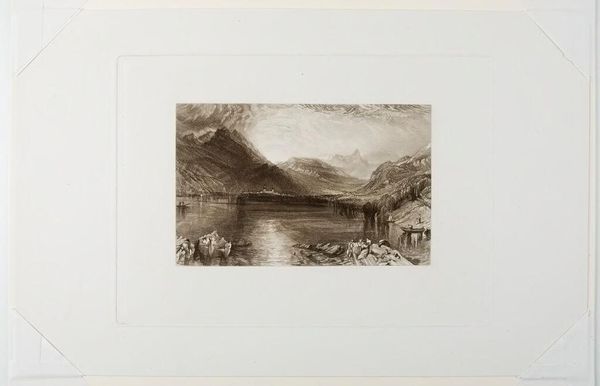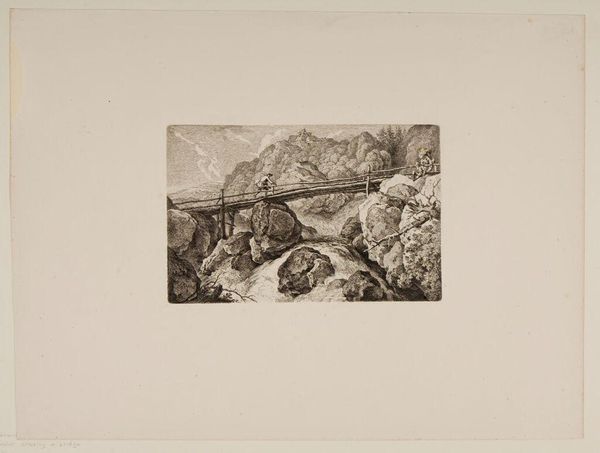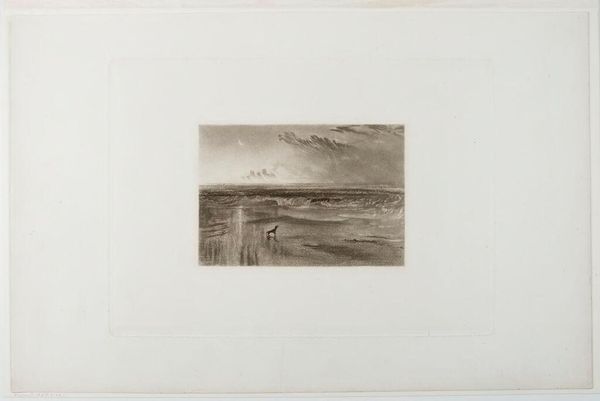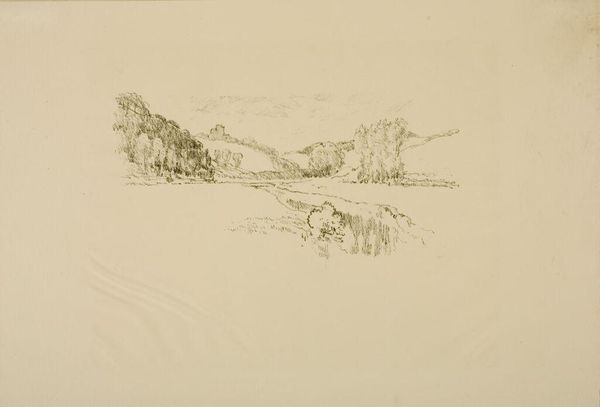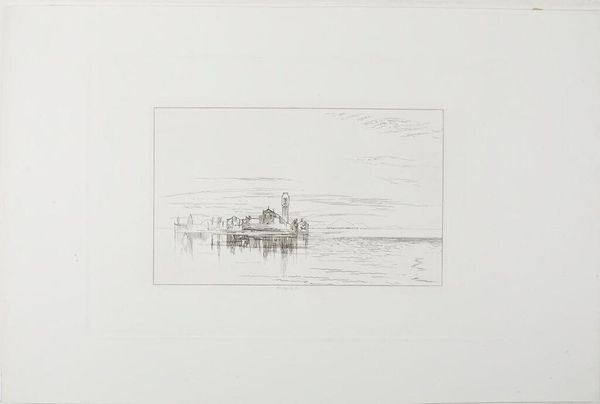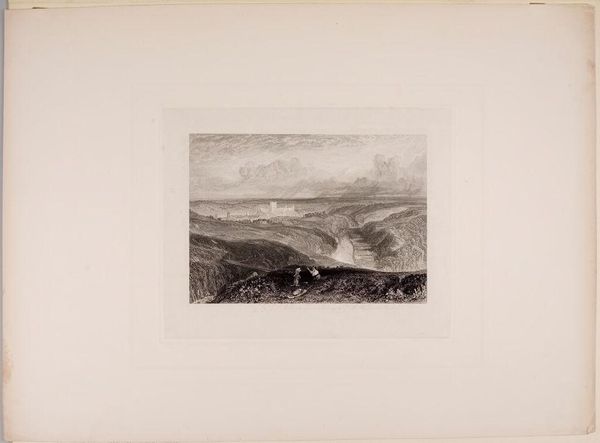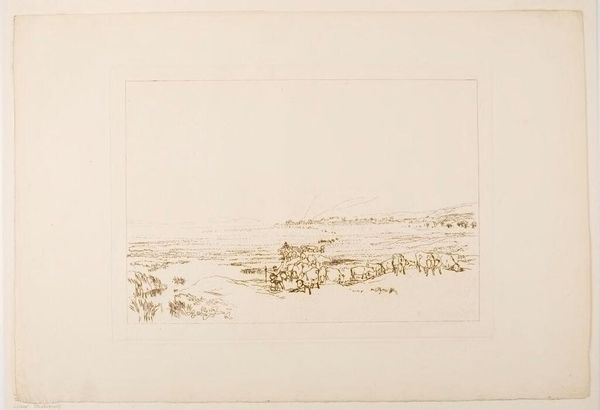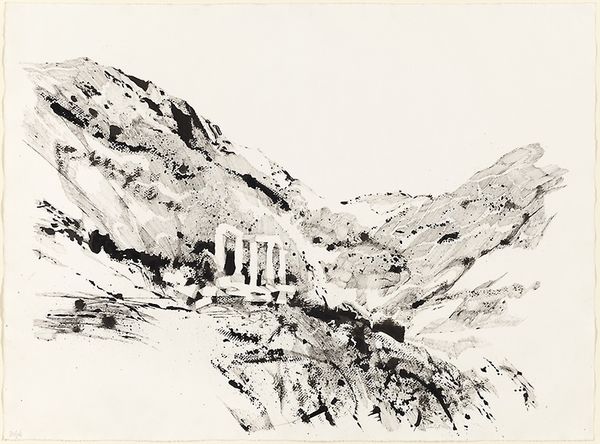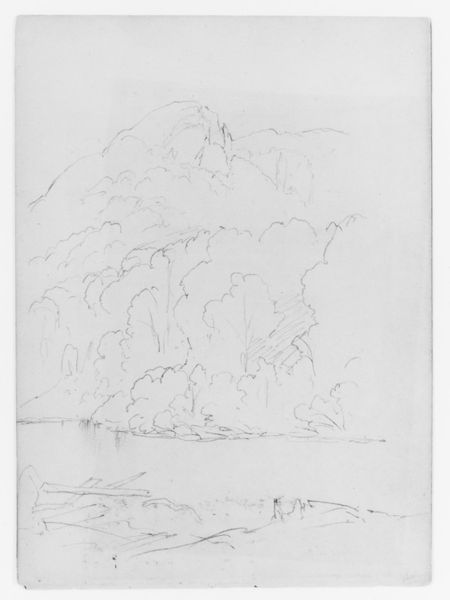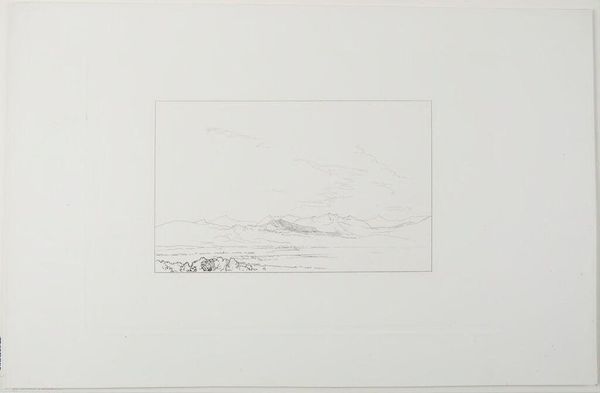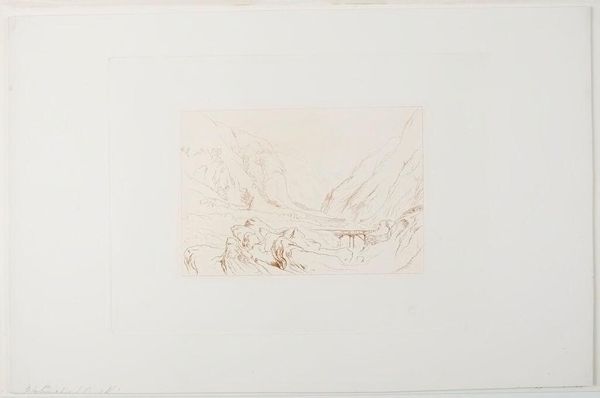
Copyright: CC0 1.0
Editor: This is John Ruskin's "Lake of Zug," an undated work held at the Harvard Art Museums. The delicate lines create a striking contrast between the still lake and jagged mountains. What stands out to you about its composition? Curator: Note the structural interplay of light and shadow. Ruskin masterfully uses hatching and cross-hatching to articulate the topographical forms, guiding the eye. Consider, too, how the white space surrounding the image isolates the lake scene. Editor: So the emptiness around the image is part of the meaning? Curator: Precisely. It forces us to focus on the formal relationships within the image itself. The texture of the mountains against the relative smoothness of the lake generates a powerful visual tension. Editor: I see it now. It's less about what's depicted and more about *how* it's depicted. Thanks! Curator: Indeed. Ruskin's emphasis on line and form reveals the inherent beauty within the landscape.
Comments
No comments
Be the first to comment and join the conversation on the ultimate creative platform.
